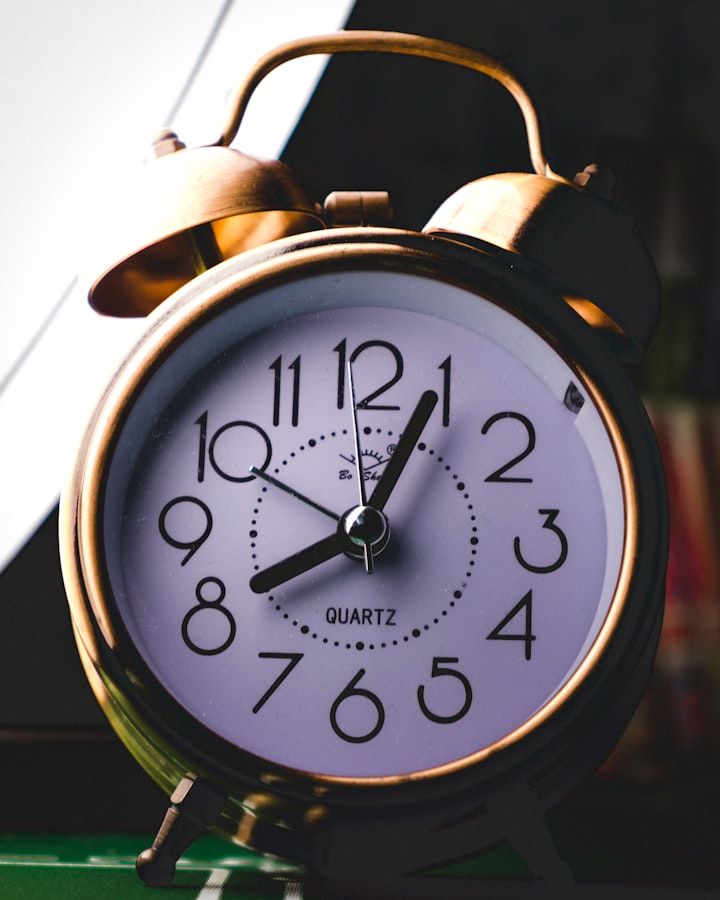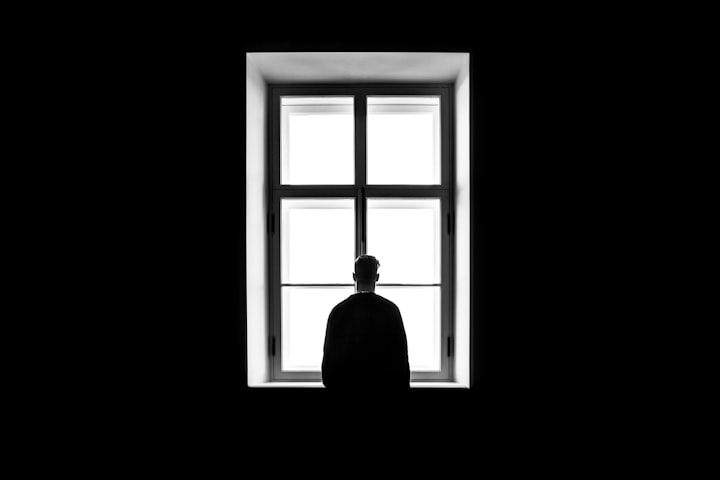Why the perfect clock is impossible to build..
perfect clock isImpossible.

I am not assuming the role of a freshman philosophy major cornering you at a party. Instead, I am adopting the perspective of a physicist. The concept of remembering the past but not the future is a perplexing issue in physics, as the forward progression of time remains an unsolved problem. Scientists have delved into this question by deconstructing clocks to their most fundamental components in an attempt to comprehend the true nature of time. However, during this exploration, they stumbled upon an intriguing fact: it is impossible to construct a flawless clock.
When attempting to understand subatomic particles or the entire observable universe, mathematics plays a crucial role. Specifically, a set of equations represents the laws of physics, guiding us in understanding how systems evolve. The dynamic nature of systems necessitates the inclusion of time in these equations. Surprisingly, every fundamental law of physics is time-symmetric, meaning it is equally effective in predicting the future and retrodicting the past. By possessing complete knowledge of a system in the present, one can utilize these equations to forecast the future or reconstruct the past.
From a physics standpoint, it is not immediately apparent what distinguishes the future from the past, unless we consider the second law of thermodynamics. This law revolves around entropy, a property inherent in all systems that quantifies their level of randomness, disorder, and complexity. Essentially, entropy serves as a measure of the system's disorderliness. According to the second law of thermodynamics, if we aim to increase order in a specific region of the universe, we must compensate for this by increasing entropy elsewhere. This principle provides a convenient excuse for neglecting to make your bed in the morning. Additionally, the second part of this rule states that there are significantly more ways for a system to be disordered than ordered. To illustrate this, imagine tearing apart a novel and tossing the pages into the air.And then swiftly gathering them back up as quickly as possible.
What are the probabilities of arranging them in a sequence where most, if not all, of the page turns make logical sense? This process of jumbling them up naturally leads to an increase in disorder. Therefore, according to the second law of thermodynamics, entropy inevitably increases over time. This implies that we can distinguish between the past and the future. The past has lower entropy, while the future has higher entropy.
A few years ago, scientists from the UK and Austria made an important discovery regarding the implications of this fact for our perception of time. In order to measure the passage of time, a clock is necessary. It doesn't matter what the clock looks like. It simply needs to contain something that ticks at a consistent rate. This ticking is produced by an oscillator, which moves back and forth in a predictable manner. It could be a pendulum in a traditional grandfather clock that swings once per second. Or perhaps it's a pair of malfunctioning automatic doors that continuously open and close at a steady pace, regardless of who is passing through.
Regardless of how the clock ticks, it involves moving parts. And these parts are composed of particles that, much like the pages of a book thrown into the air, constantly rearrange themselves into new, and likely more disordered, configurations. Therefore, simply by measuring the passage of time, a clock adds to the overall entropy of the universe.The researchers discovered that for very small clocks, the entropy produced by the clock is dependent on its accuracy. In this context, accuracy is a technical term. To define accuracy, imagine a clock that ticks at a constant rate.
By counting the number of ticks and multiplying it by the time interval between two ticks, you can determine the amount of time that has passed. However, this counting can never be perfect, and small errors accumulate over time. Therefore, a clock's accuracy is measured by the number of ticks it takes for it to deviate by one. For example, in the case of a grandfather clock with a pendulum ticking once per second, we would be interested in knowing how long it would take for the clock to be either one second ahead or one second behind. Nowadays, advanced atomic clocks can operate for billions of years without losing a single second, but they are large and complex.
To understand time, the Austrian team focused on the simplest theoretical models of a clock, rather than using clocks that tick at a fixed frequency as one would expect. Instead, they introduced random ticks, without the ability to predict when the next tick would occur. This may seem unusual, but the team was attempting to determine how to measure accuracy without assuming a fixed ticking rate. However, for their clock to be practical, the ticks needed to be regular. Therefore, they added a repeating filter on top of the random ticks.
To illustrate this, imagine a group of inattentive people expecting to walk through some opening doors, similar to the example of a broken automatic door.Any individuals who approach at the precise moment will be granted access and their presence will be officially recorded. However, if someone attempts to enter the doors while they are closed, they will experience discomfort and quickly retreat. Although not a flawless analogy, it effectively demonstrates how the doors assist in regulating the influx of individuals who approach randomly. Nevertheless, even with this filtering mechanism, there is no guarantee of encountering a recorded presence within each time interval.
Occasionally, the doors remain open without anyone passing through, which introduces inaccuracies. Consequently, armed with this model, the researchers assessed the effectiveness of this filtering process using a remarkably simple microscopic clock. Their findings revealed that improving the filter came at a cost. The more consistent the time intervals between recorded presences, the more complex mechanisms would need to be incorporated. However, the addition of these mechanisms would increase entropy. In simpler terms, the more accurate the clock, the more disorder it would contribute to the universe.
Nonetheless, these conclusions were solely based on the models. Therefore, the UK-based researchers conducted an experiment using the simplest clock they could construct: a vibrating nano-scale sheet of silicon within an electric circuit.
Ultimately, the experiment validated the models' predictions: higher accuracy results in higher entropy. It is almost as if, by attempting to measure the duration it takes for the future to arrive, one inadvertently contributes to its arrival. However, it is important to emphasize that this does not impact the rate at which time flows for an individual. Yet, in many scientific endeavors today, a much smaller scale is necessary. For instance, to observe chemical reactions occurring on a molecular level, a clock capable of resolving a billionth of a billionth of a second is needed. These are attoclocks, and some of the scientists responsible for their development were awarded the 2023 Nobel Prize in Physics. They are as extreme as atomic clocks, but they serve a completely different function. Attoclocks can measure the tiniest intervals without requiring accuracy over extended periods. In contrast, atomic clocks have inferior resolution but can accurately track events over much longer durations. Is it possible to create a clock that combines the resolution of an attoclock with the accuracy of an atomic clock? According to the Austrian team, the answer is a definitive no! Remember the filtering mechanism they incorporated into their model? To enhance their clock's resolution, they needed a filter that operated at increasingly smaller time intervals. However, this enhancement would be insignificant if the random ticks it attempts to filter out do not occur frequently enough.
Therefore, whatever generates the ticks must produce them more rapidly. A clock that generates more ticks also generates more entropy. This is a fundamental aspect of the arrow of time and requires resources to sustain. Resources that, as you may have realized, are not limitless. At some point in the future, we might encounter a situation where the significance of an imperfect clock becomes relevant.
About the Creator
Nameless writer
"A weaver of words, crafting tales that dance on the edge of reality, inviting readers to lose themselves in the symphony of imagination"






Comments
There are no comments for this story
Be the first to respond and start the conversation.